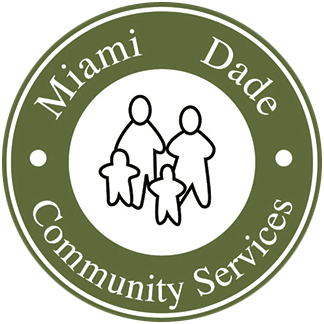What are warning signs and why are they important?
There are a number of known suicide risk factors. Nevertheless, these risk factors are not necessarily closely related in time to the onset of suicidal behaviors – nor does any risk factor alone increase or decrease risk. Population-based research suggests that the risk for suicide increases with an increase in the number of risk factors present, such that when more risk factors are present at any one time the more likely that they indicate an increased risk for suicidal behaviors at that time.
A recent review of the world’s literature has identified a number of warning signs that empirically have been shown to be temporally related to the acute onset of suicidal behaviors (e.g., within hours to a few days). These signs should warn the clinician of ACUTE risk for the expression of suicidal behaviors, especially in those individuals with other risk factors (Rudd, et al., 2006). Three of these warning signs (bolded on the VA SUICIDE RISK ASSESSMENT Pocket Card) carry the highest likelihood of short-term onset of suicidal behaviors and require immediate attention, evaluation, referral, or consideration of hospitalization.
THE FIRST THREE WARNING SIGNS ARE:
- Threatening to hurt or kill self
- Looking for ways to kill self; seeking access to pills, weapons or other means
- Talking or writing about death, dying or suicide
The remaining list of warning signs should alert the clinician that a mental health evaluation needs to be conducted in the VERY near future and that precautions need to be put into place IMMEDIATELY to ensure the safety, stability and security of the individual.
- Hopelessness
- Rage, anger, seeking revenge
- Acting reckless or engaging in risky activities, seemingly without thinking
- Feeling trapped – like there’s no way out
- Feeling trapped – like there’s no way out
- Increasing alcohol or drug abuse
- Withdrawing from friends, family or society
- Dramatic changes in mood
- No reason for living, no sense of purpose in life
Other behaviors that may be associated with increased short-term risk for suicide are when the patient makes arrangements to divest responsibility for dependent others (children, pets, elders), or making other preparations such as updating wills, making financial arrangements for paying bills, saying goodbye to loved ones, etc.
SPECIFIC FACTORS THAT MAY INCREASE OR DECREASE RISK FOR SUICIDE
Risk and protective factors:
Factors that may increase risk or factors that may decrease risk are those that have been found to be statistically related to the presence or absence of suicidal behaviors. They do not necessarily impart a causal relationship. Rather they serve as guidelines for the clinician to weigh the relative risk of an individual engaging in suicidal behaviors within the context of the current clinical presentation and psychosocial setting. Individuals differ in the degree to which risk and protective factors affect their propensity for engaging in suicidal behaviors. Within an individual, the contribution of each risk and protective factor to their suicidality will vary over the course of their lives.
No one risk factor, or set of risk factors, necessarily conveys increased suicidal risk. Nor does one protective factor, or set of protective factors, insure protection against engagement in suicidal behaviors. Furthermore, because of their different statistical correlations with suicidal behaviors, these factors are not equal and one cannot “balance” one set of factors against another in order to derive a sum total score of relative suicidal risk. Some risk factors are immutable (e.g., age, gender, race/ethnicity), while others are more situation-specific (e.g., loss of housing, exacerbation of pain in a chronic condition, and onset or exacerbation of psychiatric symptoms).
Ideally, with the elucidation and knowledge of an individual’s risk and protective factors as a backdrop, the sensitive clinician will inquire about the individual’s reasons for living and reasons for dying to better evaluate current risk for suicide.
Factors that may increase a person’s risk for suicide include:
- Current ideation, intent, plan, access to means
- Previous suicide attempt or attempts
- Alcohol / Substance abuse
- Current or previous history of psychiatric diagnosis
- Impulsivity and poor self control
- Hopelessness – presence, duration, severity
- Recent losses – physical, financial, personal
- Recent discharge from an inpatient psychiatric unit
- Family history of suicide
- History of abuse (physical, sexual or emotional)
- Co-morbid health problems, especially a newly diagnosed problem or worsening symptoms
- Age, gender, race (elderly or young adult, unmarried, white, male, living alone)
- Same- sex sexual orientation
Factors that may decrease the risk for suicide are also called protective factors. These include:
- Positive social support
- Spirituality
- Sense of responsibility to family
- Children in the home, pregnancy
- Life satisfaction
- Reality testing ability
- Positive coping skills
- Positive problem-solving skills
- Positive therapeutic relationship
